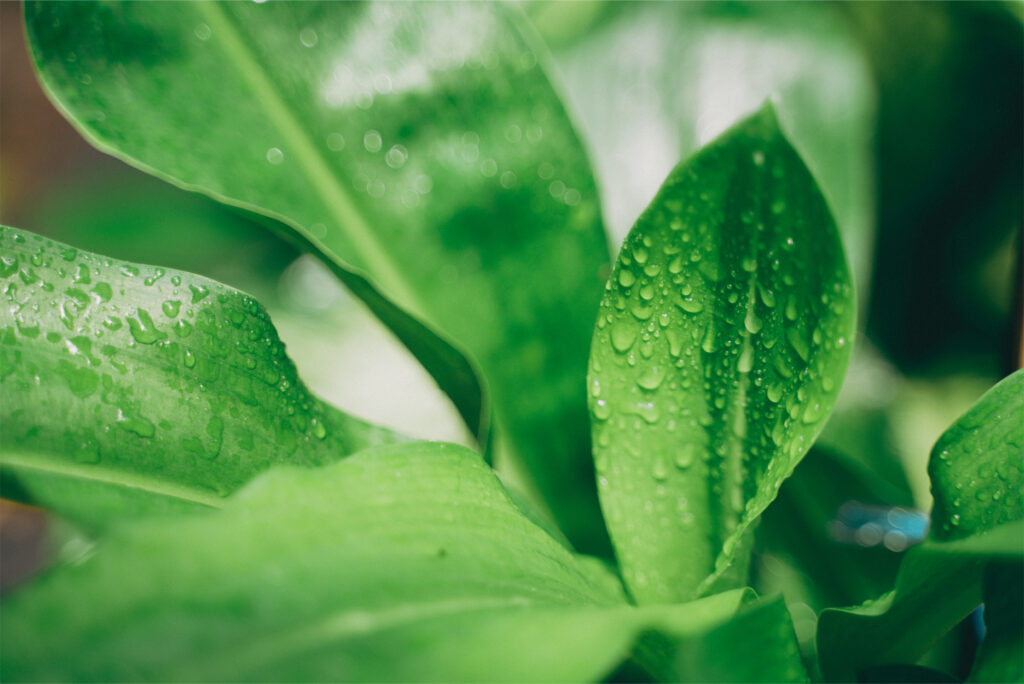
Plant tissue analyses, also known as leaf analyses, are important tools for evaluating plant health and nutritional status. There are different types of plant tissue analyses that can be performed depending on specific objectives and the crops in question. Some of the most common types of foliar analyses include:

1. Nutrient analysis: This is the most common analysis involving determining the concentration of essential nutrients in plant leaves, such as nitrogen (N), phosphorus (P), potassium (K), calcium (Ca), magnesium (Mg), sulfur (S), and various micronutrients (iron, manganese, zinc, copper, etc.). This helps assess if the plant is receiving adequate nutrients or if there are nutritional deficiencies.
2. Heavy metal analysis: In some situations, it’s important to assess the presence of toxic heavy metals like lead, cadmium, or mercury in plant tissue. This is especially relevant in contaminated areas.

3. Disease and pathogen analysis: Plant tissue analysis can also be used to detect the presence of pathogens such as viruses, bacteria, and fungi that may be affecting plant health.
4. Pesticide and chemical residue analysis: In agricultural crops, it’s possible to perform analyses to detect the presence of pesticide residues or other chemicals in plant tissue.
These analyses can provide valuable information for farmers, horticulturists, researchers, and agricultural professionals to optimize crop management, identify nutritional problems, monitor plant health, and take corrective actions when necessary. The choice of plant tissue analysis type will depend on the evaluation objectives and specific needs of the crop in question.
The analyses are performed according to the methodology cited in the book ‘Plant Nutrition Assessment – Principles and Applications, 2nd Edition,’ validated in the PIATV Proficiency Test of Esalq/USP along with the Brazilian Society of Soil Science.
References:
* Avaliação do Estado Nutricional das Plantas – Princípios e Aplicações 2ª Edição. Autor Eurípedes Malavolta, Godofredo Cesar Vitti e Sebastião Alberto de Oliveira, editora Potafos, 319p. 1997.